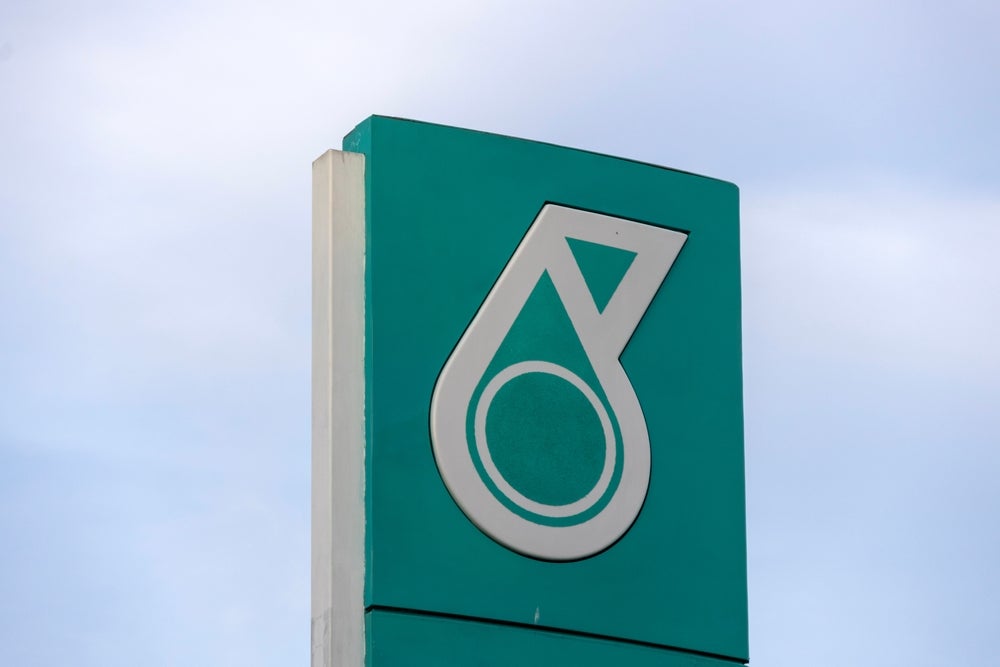Decreasing oil and gas prices in the US have removed the incentive for companies to increase their output.
Instead, companies are beginning to focus on improving the efficiency of their drilling operations, according to analysis by Reuters.
Oil companies registered the smallest increase in production since the first wave of the Covid pandemic in 2020, Reuters reported. Total production of crude and condensates in the lower 48 states, excluding the Gulf of Mexico, averaged 11 million barrels per day (mbbl/d) in May. This represents an increase of 400,000 barrels per day compared with May 2023.
Drilling and production activity adjusts to respond to changes in price, but with several months of delay. Drilling activity reportedly takes four to five months to respond to changes in price, while production takes an additional seven to eight months.
The current slowdown in drilling and production for oil is a reflection of the declining oil prices from their peak in 2022 and 2023, the report stated.
After an adjustment in inflation, US crude future prices fell to an average of $74 per barrel after registering $84 in August 2023 and $124 in June 2022.
The price of gas, drilling activity and output have all been affected in the US. This decline has also prompted Saudi Arabia and other OPEC+ counties to increase their gas output to regain market share.
Increasing production in OPEC member countries has led to US gas prices declining even further.
However, with US gas exports slowing down, supply levels are expected to return to normal in 2024 and 2025. According to the US Energy Information Administration, US dry natural gas production registered 3,141,650 cubic feet in May 2024, representing an increase from 3,045,918 in April.
With such a volatile market, prices for both oil and gas in the US are set to rebound gradually.














